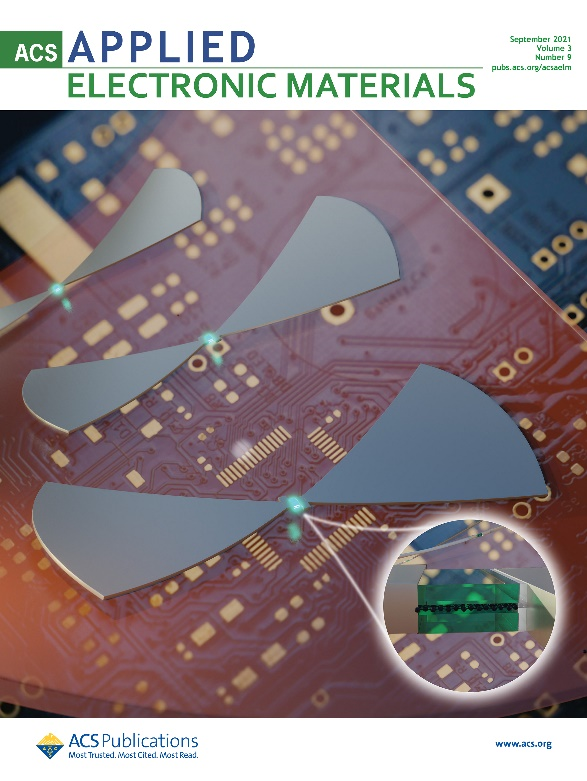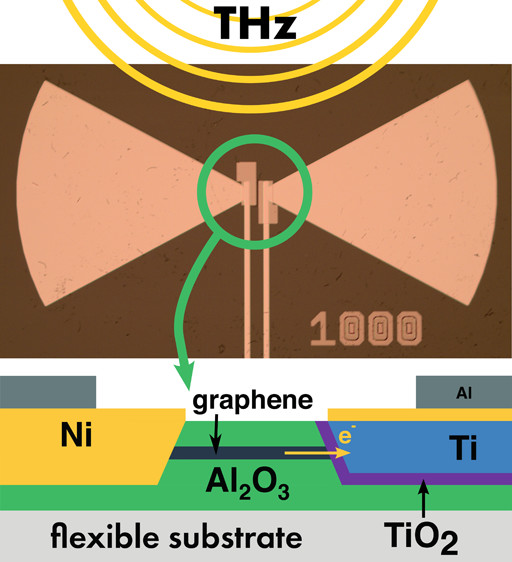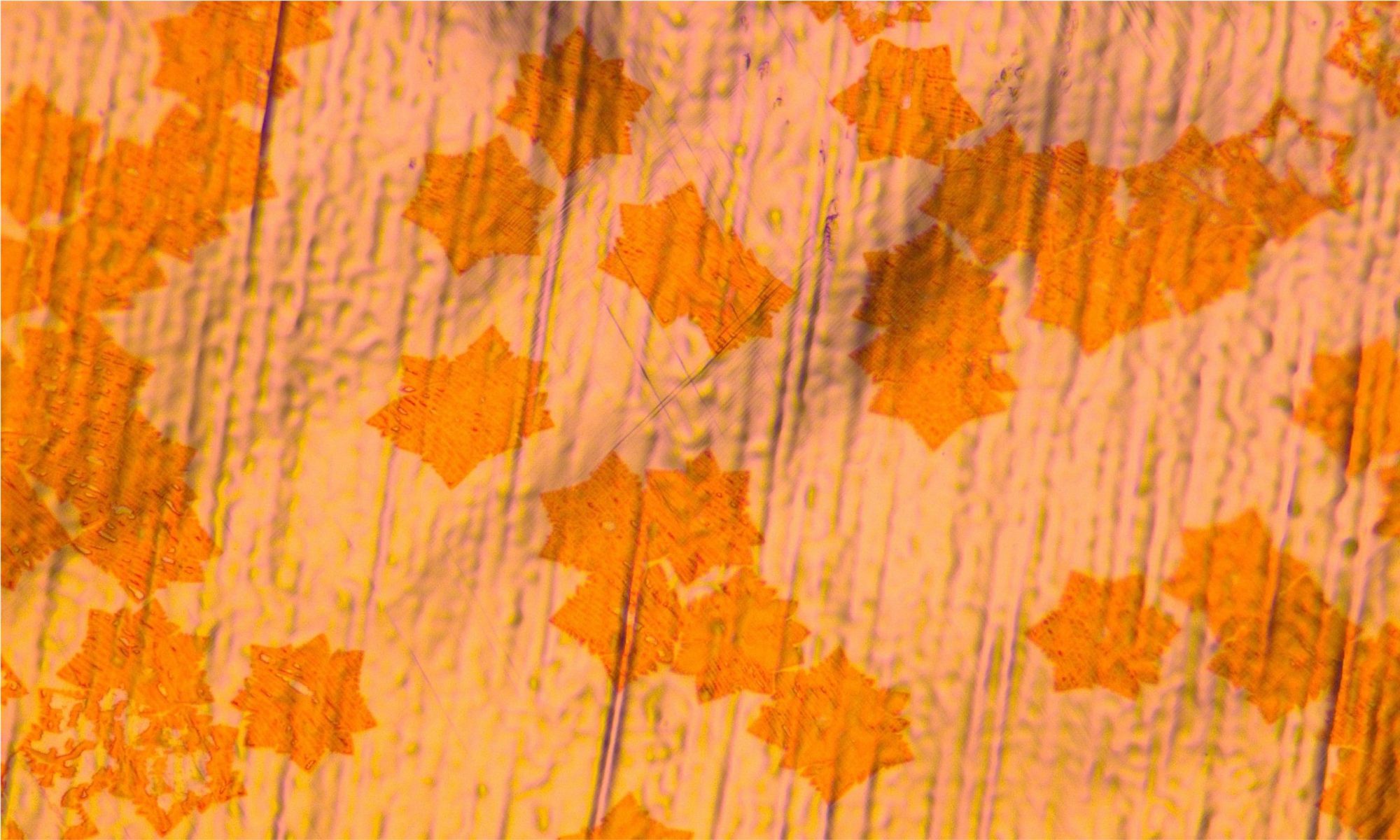Future-shaping concepts such as wearable electronics and the Internet of Things are driving the quest for low-power electronics and for energy harvesting at the device or at chip level. Researchers from AMO GmbH, RWTH Aachen University, Chalmers University and the University of Wuppertal have now developed a novel type of flexible energy harvester, which shows good prospects for powering wearable and conformal devices.

The device is a rectenna, i.e. an antenna directly coupled to a diode, which is able to detect radiation and to transform it into a DC output. Rectennas working in the microwave region are well established since the sixties, thanks to the availability of Schottky diodes with a sufficiently short response time. The challenge is to extend the working principle of rectennas to higher frequency ranges – in particular terahertz (THz) and optical frequencies.
“The regime between 0.1 and 10 THz is particularly interesting because there are a lot of applications that work in this frequency range – from communications, to material analysis, to surveillance screening, and biomedical analysis”, explains Andreas Hemmetter, first author of the paper. “Our device is a miniaturized, low-noise THz power detector working up to 0.17 THz. But, at the same time, it works also as energy harvester in the same frequency range, with a performance that is competitive with state of the art devices.”
One of the big advantages of the device developed by Hemmetter and co-workers is that it can be produced on flexible thin-film substrate, overcoming the form factor limitations of silicon electronic chips. The key is the use of metal-insulator-graphene (MIG) diode. The high charge carrier mobility and the flexibility of graphene allow realizing devices that combine excellent DC performance with high cut-off frequencies, and to do so on flexible substrates.

To be more precise, the rectenna of Hemmetter and co-workers exploits a one-dimensional MIG diode, meaning that the junction area in the diode has just the thickness of the graphene sheet itself, which is about 0.3 nm (see Fig. 2). This change in geometry with respect to conventional MIG diodes has a huge impact, as it reduce both the capacity and the resistance of the junction, increasing its operating frequency and thus the performance of the rectenna.
Another interesting aspect of the work is that the process for developed for fabricating the rectennas based on one-dimensional MIG diodes is scalable and compatible with conventional thin-film technology – and with high-throughput.
“Our results are very encouraging”, says Zhenxing Wang, leader of the Graphene Electronics Group at AMO, and corresponding author of the paper. “They point towards the possibility of using rectennas arrays as power supplies for wearable devices or self-powering sensors”. The work has been published open-access on ACS Applied Electronic Materials.
This project has received funding from the European Union’s Horizon 2020 research and innovation programme under grant agreement No. 101006963 (GreEnergy), No. 881603 (Graphene Flagship), and No. 863337 (WiPLASH). This research was further financially supported by the DFG projects HiPeDi (No. WA4139/1.1), GLECS-2 (No. NE1633/3).
Bibliographic information:
Terahertz Rectennas on Flexible Substrates Based on One-Dimensional Metal–Insulator–Graphene Diodes
A. Hemmetter, X. Yang, Z. Wang, M. Otto, B. Uzlu, M. Andree, U. Pfeiffer, A. Vorobiev, J. Stake, M. C. Lemme, and D. Neumaier, ACS Appl. Electron. Mater. 2021, 3, 9, 3747–3753
https://doi.org/10.1021/acsaelm.1c00134
Cover picture: https://pubs.acs.org/pb-assets/images/_journalCovers/aaembp/aaembp_v003i009-2.jpg?0.8416792197273669
